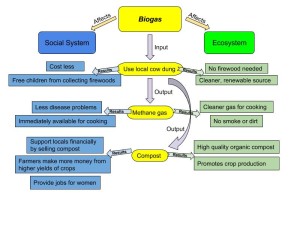The town I grew up in for 14 years was Hummelstown, Pennsylvania. Hummelstown is a small town near the capital, Harrisburg, with a population of roughly 4,520 people. There are shops and restaurants along Main Street, and several developments of homes surrounding the High School and Middle School. The majority of people who live in Hummelstown live in other housing developments around fields and farms on the outskirts of town. These developments would be similar to the automobile suburbs we talked about in module 7, and have much less urban density than any larger town or city. Resident health seems to be average or above average, and there is very little poverty and unemployment in Hummelstown. The main forms of employment for residents are in small businesses, and agricultural services.
As a small, old town, Hummelstown could implement a few changes to be more like Copenhagen, Denmark. Having the tight streets and allies of Hummelstown become “car-free” would be a great option for the local government. The area is becoming more and more populated around my town, so fixing the increase in traffic problems with a car-free town could be a viable option. Although a large amount of the population lives outside the downtown area, there could be parking lots on the town’s border once they arrive. Having an open area without cars speeding through the streets, where cycling could become a social norm would be a plausible, sustainable action. Since the town has all of the essential stores and public buildings very closely to one another, the normal flow of people should not change that much. Hummelstown has been trying to “go green” so this seems like a great example they could follow to become more sustainable like Copenhagen.
As I mentioned, the area around Hummelstown is becoming increasingly urbanized. While there are no food supply issues yet, the large farms are being purchased by developers, threatening our current supply chain. Urban farming, like the examples in Haiti and Detroit, is becoming an attractive alternative for many crowded or resource limited towns and cities. Urban farming practices such as personal gardens for vegetable consumed regularly are already being put to use by at least one restaurant in Hummelstown. There is a restaurant that has a personal garden growing next to the seating on their outdoor deck. If the other restaurants in town used the same practices, they would be less dependent on the big grocery stores for their daily produce. Townspeople would then see that the restaurants are doing it, and would most likely be inclined to do the same. There is a lot we can learn from Haiti and even cities in the US that are more limited.

